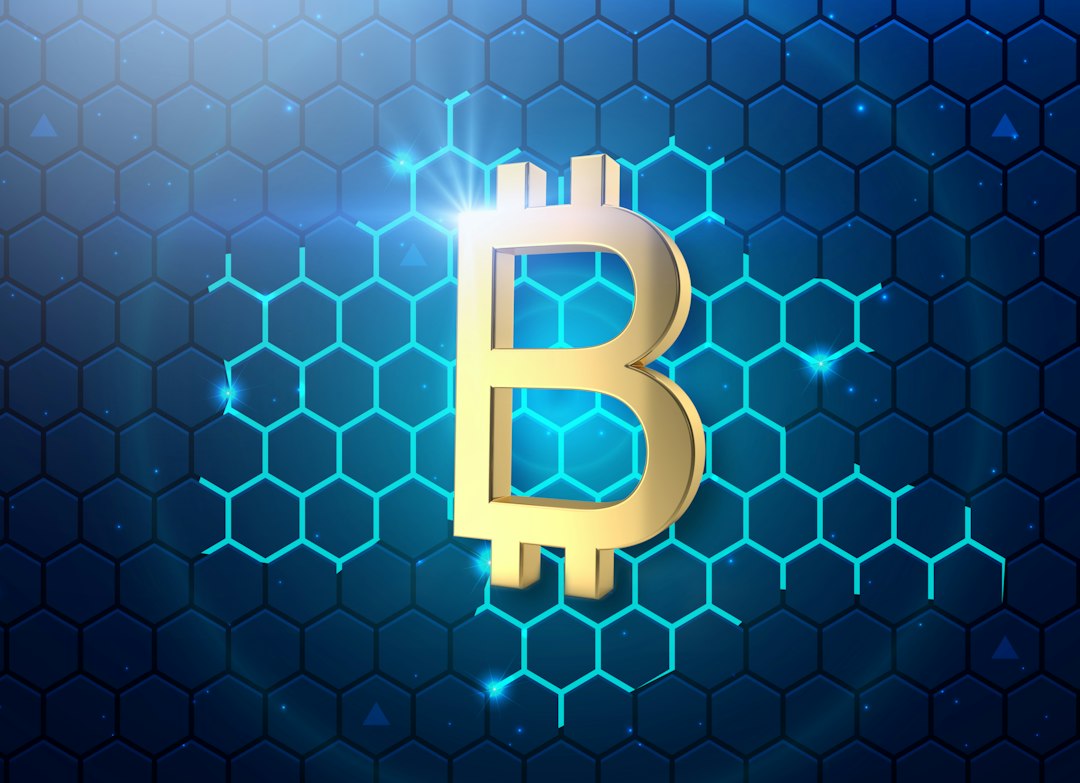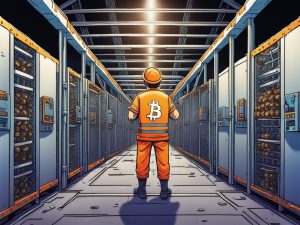Base’s TVL Surges to $558 Million
Coinbase’s Ethereum layer-2 protocol, Base, has experienced a significant increase in its total value locked (TVL), reaching $558 million. This surge in TVL marks a growth of over 25% in the past seven days, surpassing zkSync Era for the second time.
Base’s Growth and Milestones
Since its launch two months ago, Base has achieved remarkable growth and development. The recent increase in TVL can be attributed to the re-minting of native USD Coin (USDC) on the network, which has brought the chain’s stash to 159 million USDC.
Last month, Circle announced that it would launch USDC on Base and Optimism to enhance its utility and eliminate the need for bridged Ethereum tokens. As a result, Base transitioned from using USD Base Coin (USDbC) to native USDC. The burn of USDbC caused Base’s TVL to decline by over 18% within seven days.
Base Overtakes zkSync Era Again
Prior to the re-minting of native USDC, zkSync Era had surpassed Base in TVL. However, with the recent surge in TVL, Base has once again taken the lead with $558 million while zkSync Era stands at $435 million.
Ethereum Layer-2 Networks Thriving
Despite the bear market conditions, both Base and zkSync Era have been performing exceptionally well. Last month, they surpassed Ethereum’s Transactions Per Second (TPS) rate of 10.18. Base achieved a TPS of 12.93 and recorded a 49% increase in one week, while zkSync Era closely followed with a TPS of 12.62 and reached 1.8 million daily transactions.
Hot Take: Base’s TVL Surge Reflects Growing Confidence in Layer-2 Solutions
The recent surge in Base’s TVL is indicative of the growing confidence in layer-2 solutions on the Ethereum network. As more projects and users migrate to layer-2 protocols like Base, it demonstrates the scalability and efficiency they offer compared to the congested Ethereum mainnet. With Base surpassing zkSync Era once again, it highlights the competitiveness among layer-2 solutions in capturing value and user adoption. This trend is likely to continue as Ethereum continues to face challenges with high gas fees and network congestion, driving further innovation in layer-2 technologies.





 By
By

 By
By

 By
By